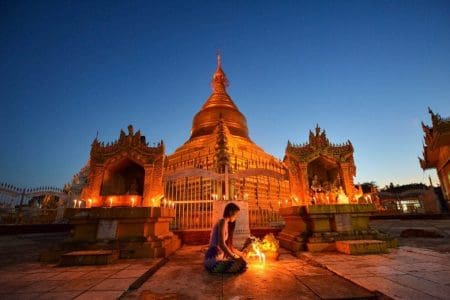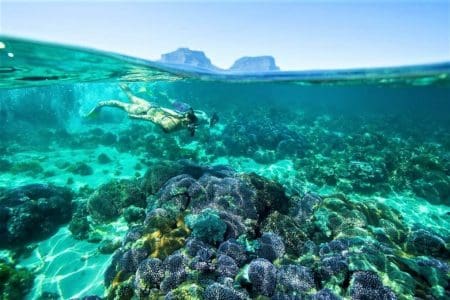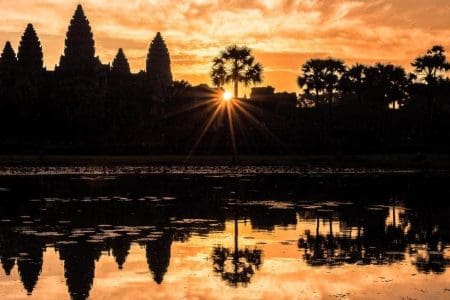In the second instalment in her Myanmar adventure, Marissa Carruthers gets crafty, takes a history lesson and hangs with the locals for a stunning sunset during a visit to Mon State.
“It’s predicted this will be Myanmar’s Singapore in the future,” says my guide Moe Hnin Wai, as we drive across the recently-opened bridge connecting mainland Mawlamyine – the capital of Myanmar’s Mon State – with Bilu Kyun. Having just been told the island, which is predominantly agricultural land dotted with more than 60 small villages housing about 200,000 people, had only received electricity the previous year, this seems an ambitious task.
In fact, Bilu, known locally as Ogre Island – something I’m told harks back to ancient times when islanders were renowned for their less-than-desirable looks, filing their teeth into points to help them feast on their preferred snack of raw meat – sits in stark contrast to Singapore and, for now, the only similarity is in size.
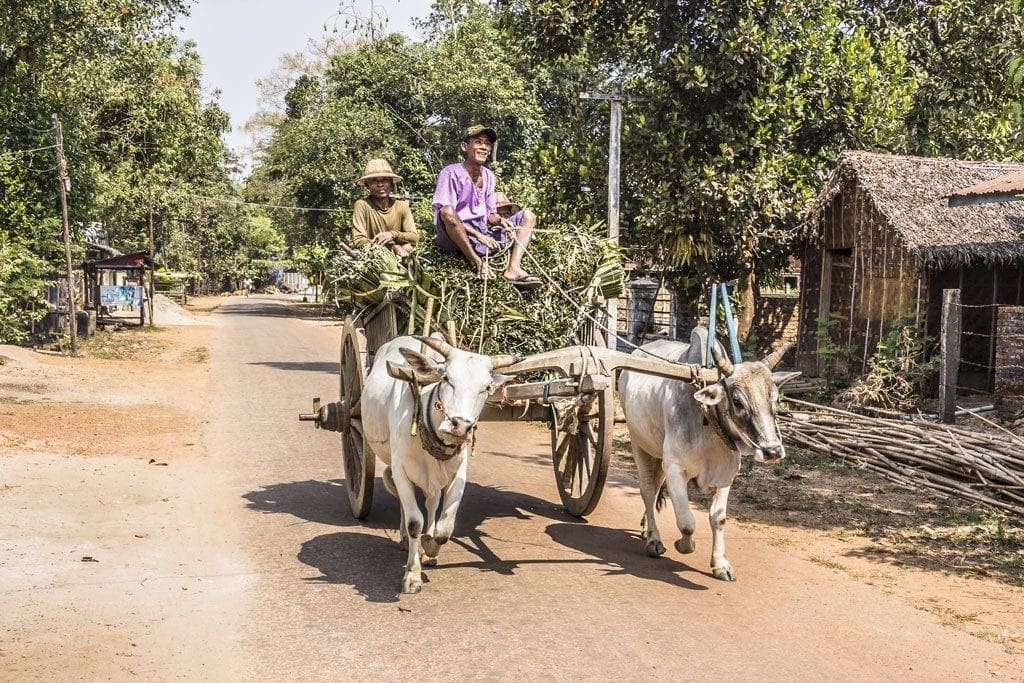
Bilu boasts a quaint and charming feel, where time almost stands still. Rice paddies, vegetable and fruit farms, and rubber plantations make up the majority of the island – famous for its traditional artisans, with each village boasting a speciality handicraft.
Despite its nickname, there isn’t an ‘ogre’ in sight and the villagers I meet greet me like a long-lost friend, welcoming me into their homes to serve up snacks and tea before showing me first-hand the traditional techniques used to create whichever handicraft it is they specialise in.
Our first stop is at the slate village, where stacks of the material are piled up high outside homes where workers hunch over tables, precariously creating old-school slate writing boards. At a nearby village specialising in pipes and other intricately-carved wooden items, an elderly woman greets us with a smile and ushers us up the stairs of her home. We struggle to find somewhere to sit, with every inch of floor space occupied by wooden pipes, bowls, combs, chopsticks and statues, all lovingly hand-crafted by the family.
There is no hard sell, and if you do decide to buy, you’ll be so shocked by the rock bottom prices
Another short drive through pristine countryside and we pull up at a cluster of houses, flanked by neat rows of fluorescent pink and yellow tubes. “This is the rubber drying in the sun,” says Wai, before introducing me to the family of elastic band makers. In a shaded corner of an outdoor courtyard, a young man perches on a stool, using a large stick to stir the liquid rubber tapped from trees in a plastic barrel. Elsewhere, two women dip wooden poles into the finished product before placing them in the already harsh morning sun. Once dry, the rubber is hand-cut into pink and yellow elastic bands to be sold across the country.
Silk weaving villages, communities specialising in making Myanmar’s traditional bamboo hats and felt-making families can also be found on the island. Here there is no hard sell, and if you do decide to buy, you’ll be so shocked by the rock bottom prices that trying to barter doesn’t even enter your head.
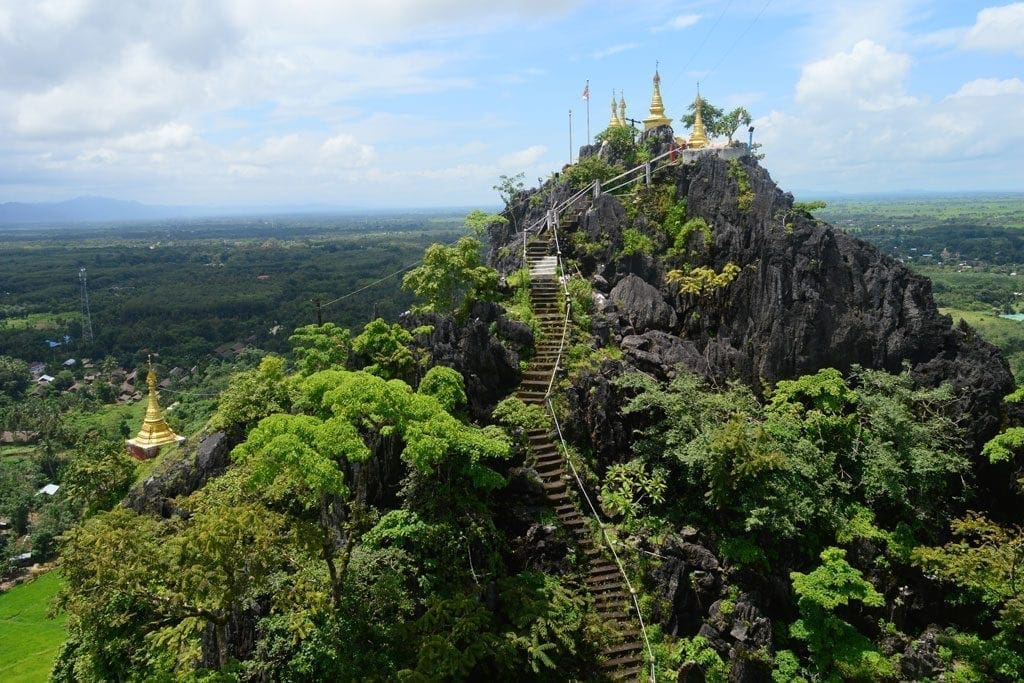
Having worked up an appetite, we left the island and headed for the coast, stopping off about an hour later at small seaside village, Wegalaung. With it being mid-week, there are only a few families enjoying fresh seafood sold from vendors that roam the area. However, the many basic, open air restaurants and stalls suggests at weekends, this place quickly fills up with locals – it is yet to hit the international tourist trail – enjoying some downtime at the beach.
Read the first part of Marissa’s journey through Mon State, in Myanmar Travel off the Beaten Track.
After eating a healthy portion of chicken noodles for $1, we hit the beach where pristine sands stretch as far as the eye can see. Apart from a few locals kicking a ball about, we have the beach all to ourselves – a rare luxury in the modern world. Again, I’m left wondering, like so many times on this trip, how long will this bounty of raw beauty last before the palms and shrubs that fringe the deserted sand are torn down and replaced with the plethora of hotels, bars and restaurants that plague so many beaches across the globe? However, for now, Myanmar is home to tonnes of unspoilt beauty.
An estimated 13,000 Allied prisoners of war died, along with 100,000 local workers
The afternoon was spent exploring the history books in the nearby township of Thanbyuzayat, home to two sobering sites: Thanbyuzayat War Cemetery and Death Railway Museum. Built during World War Two by the Japanese to transport supplies by rail between Burma and Thailand, the 258-mile track was completed within a year to the cost of thousands of lives. An estimated 13,000 Allied prisoners of war (POW) died, along with 100,000 local workers from across the region, from starvation, overwork, illness and maltreatment. The line was in use for 21 months before being bombed by the Brits.
The small museum, which opened in 2016, pays tribute to those who lost their lives, re-telling the history of the railway, stories of survivors and graphic, secretly-taken photos that reveal the appalling working and living conditions the POWs endured. Outside, manicured gardens house a short stretch of the track and a carriage. While the museum fails to provide a comprehensive insight into the events, it gives a brief overview and provides a bit of background for visiting the nearby War Cemetery, where 3,771 Commonwealth soldiers are buried.
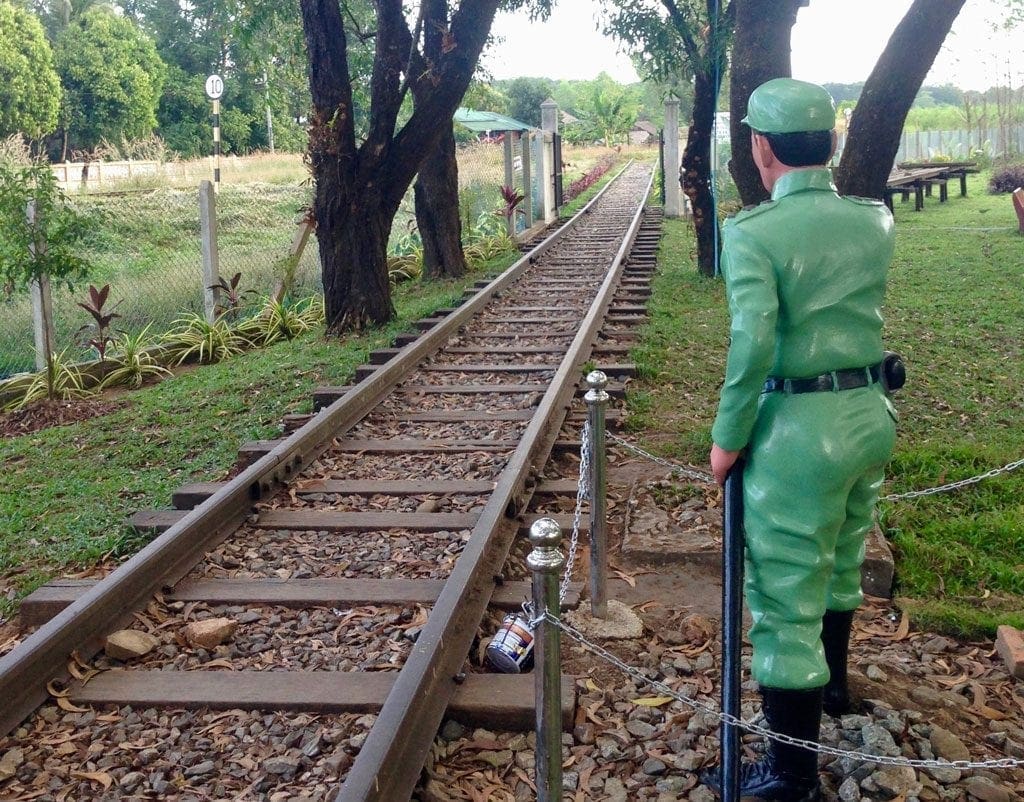
Wai hurries me to the car so we can hit Mawlamyine city in time for sunset at a temple – she notes the semi-reluctance on my face; we spent the previous day exhaustively exploring the variety of temples that dot the area. “It will be worth it,” she reassures me.
She’s right. We join a small gathering of local students to watch the sun melt into the horizon from the city’s tallest stupa, Kyaikthanlan Paya. Sweeping landscapes taking in Salween River and the islands that dot it, across to Hpa-An’s signature limestone karsts in the east, appear before us. It’s easy to see how this vista inspired Rudyard Kipling to pen the opening line of his poem ‘Mandalay’ – “By the old Moulmein Pagoda, lookin’ lazy at the sea”.
